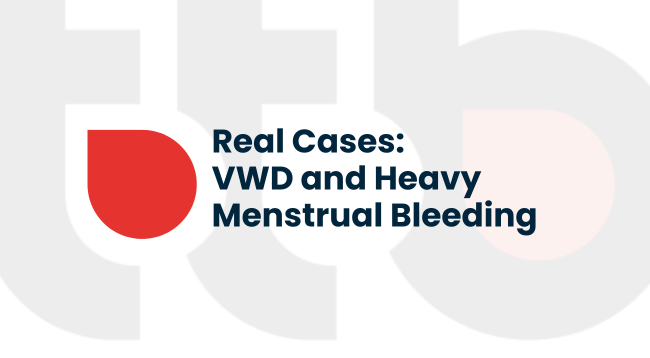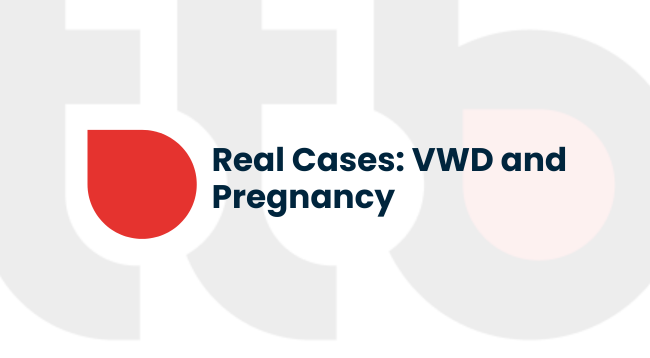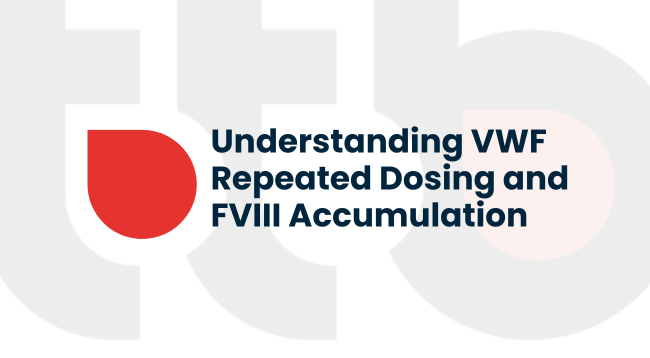FIBRES Trial
Effect of Fibrinogen Concentrate vs Cryoprecipitate on Blood Component Transfusion After Cardiac Surgery
Excessive bleeding is a common complication of cardiac surgery that is associated with increased risk of morbidity and mortality, and higher associated costs.
An important cause of bleeding is acquired hypofibrinogenemia (fibrinogen level <1.5-2.0 g/L), for which guidelines recommend fibrinogen replacement with cryoprecipitate or fibrinogen concentrate.
Although both products are plasma-derived, they have distinct features. Cryoprecipitate is not pure; in addition to its widely variable fibrinogen content (from 3-30 g/L per unit), it contains platelet microparticles, as well as coagulation factors VIII, XIII, and von Willebrand factor. In most cases it must be maintained and shipped in a frozen state and then thawed and pooled (typically 5-10 unit pools) before administration.
Fibrinogen concentrate is pathogen-reduced and purified; has standardized fibrinogen content (20 g/L), and is lyophilized, allowing for easy storage, reconstitution, and administration.
H3: Effect of fibrinogen concentrate vs cryoprecipitate on blood component transfusion after cardiac surgery
FIBRES was a prospective, multicentre, randomised, phase III study comparing the haemostatic efficacy of fibrinogen concentrate (FC, fibryga®) with cryoprecipitate in patients ≥18 years who developed acquired fibrinogen deficiency during cardiopulmonary bypass surgery.



